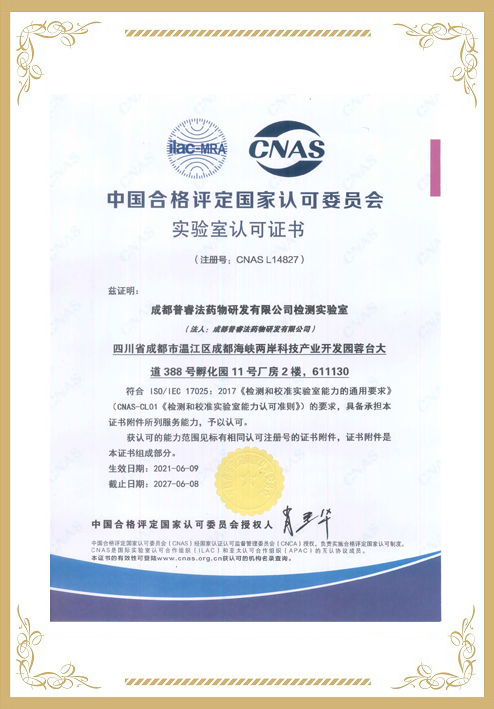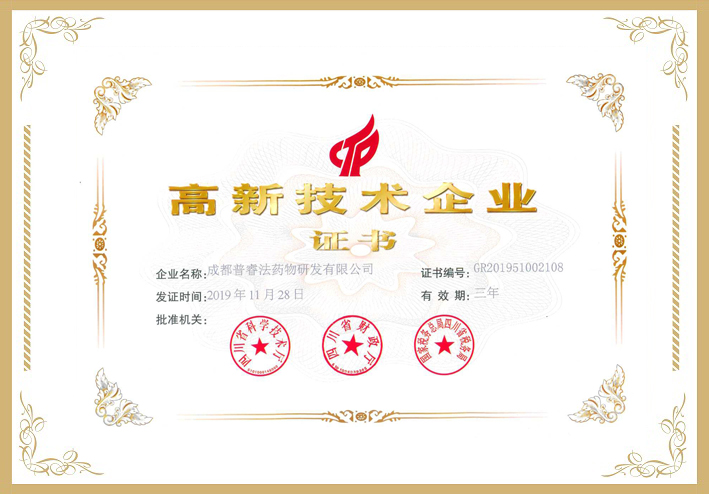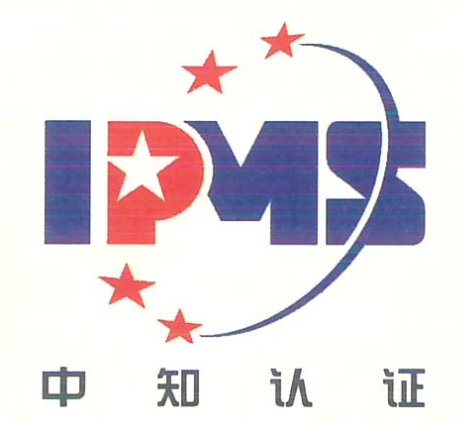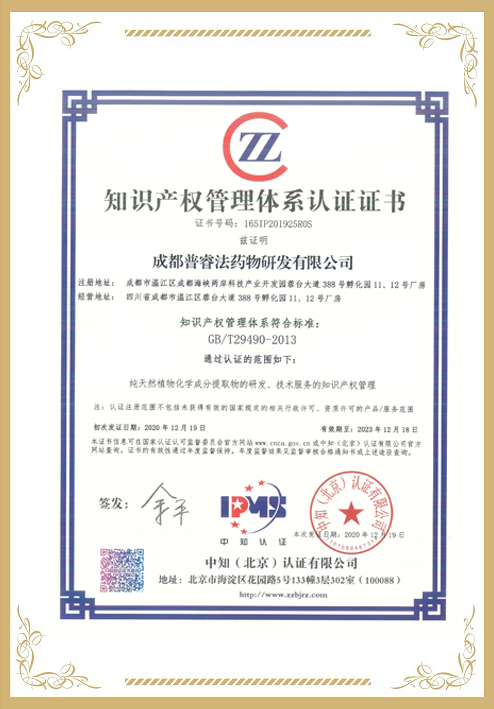Abstract
Background
Pyrola decorata H. Andres, is exclusively distributed in China and a source of traditional Chinese herbal medicine Luxiancao for more than 2000 years. Here, we evaluated the antioxidant and cytoprotective effects of P. decorata and its five phenolic components (protocatechuic acid, gallic acid, hyperoside, 2′′-O-galloylhyperin, and quercetin), and discussed their antioxidant chemistry.
Methods
A lyophilized aqueous extract of P. decorata (LAEP) was prepared and analyzed with high-performance liquid chromatography (HPLC). LAEP and its five phenolic components were comparatively investigated using five antioxidant assays, including ferric-reducing antioxidant power, cupric ion-reducing antioxidant capacity, 2-phenyl-4,4,5,5-tetramethylimidazoline-1-oxyl-3-oxide radical (PTIO•)-scavenging, 1,1-diphenyl-2-picryl-hydrazl radical (DPPH•)-scavenging, and 2,2′-azino-bis(3-ethylbenzo-thiazoline-6-sulfonic acid) radical (ABTS+•)-scavenging activities. The reaction products of the five phenolic components with 4-methoxy-2,2,6,6-tetramethylpiperidine-1-oxyl radical (4-methoxy-TEMPO•) were determined with ultra-performance liquid chromatography coupled with electrospray ionization quadrupole time-of-flight tandem mass spectrometry (UPLC-ESI-Q-TOF-MS/MS) analysis. LAEP and its five phenolic components were incubated with bone marrow-derived mesenchymal stem cells (bmMSCs) subjected to oxidative stress to demonstrate their cytoprotective effects with a flow cytometry assay.
Results
In the five antioxidant assays, LAEP and its five phenolic components dose-dependently increased the radical-scavenging (or reducing power) activities. However, the IC50 values of hyperoside were consistently higher than those of 2′′-O-galloylhyperin. UPLC-ESI-Q-TOF-MS/MS analysis results indicated that the five phenolics could yield dimer products in the presence of 4-methoxy-TEMPO• via the radical adduct formation (RAF) pathway. Flow cytometry assay results confirmed the cytoprotective activity of LAEP and its five phenolic components toward stressed bmMSCs. In particular, 2′′-O-galloylhyperin could more effectively reduce the percentage of damaged bmMSCs than hyperoside.
Conclusion
LAEP and its five phenolic components may undergo redox-based pathways (such as electron transfer and H+ transfer) and covalent-based pathway (i.e., RAF) to exhibit antioxidant activity. One consequence of RAF is the generation of phenolic-phenolic dimer. In both organic and aqueous media, 2′′-O-galloylhyperin exhibited higher redox-based antioxidant levels (or cytoprotective levels) than those with hyperoside. The differences could be attributed to 2′′-O-galloylation reaction.
···2''-O-Galloylhyperin was purchased from Biopurify···























